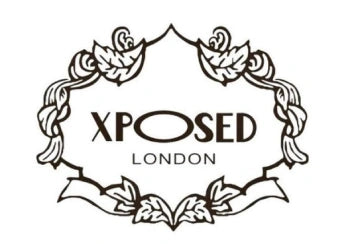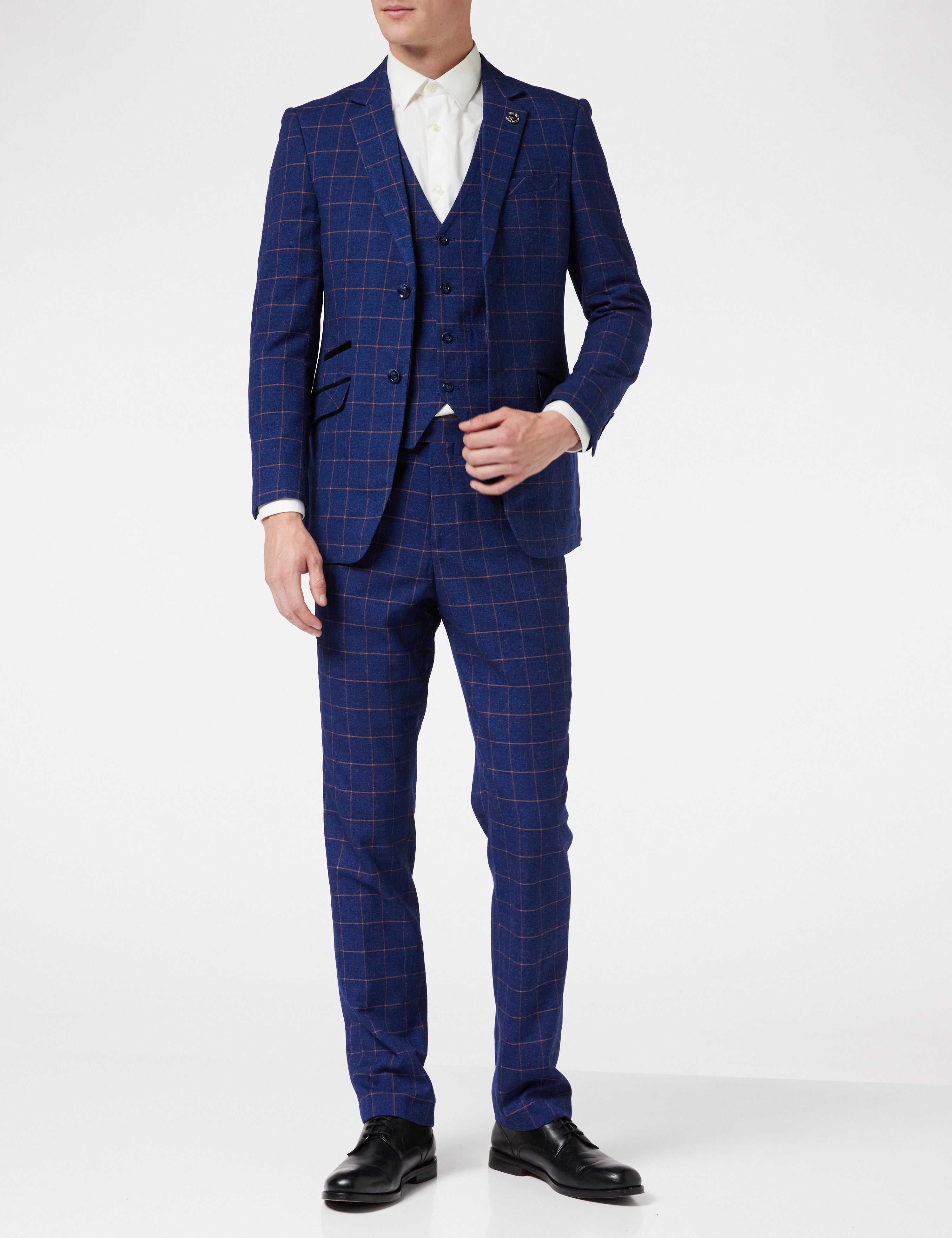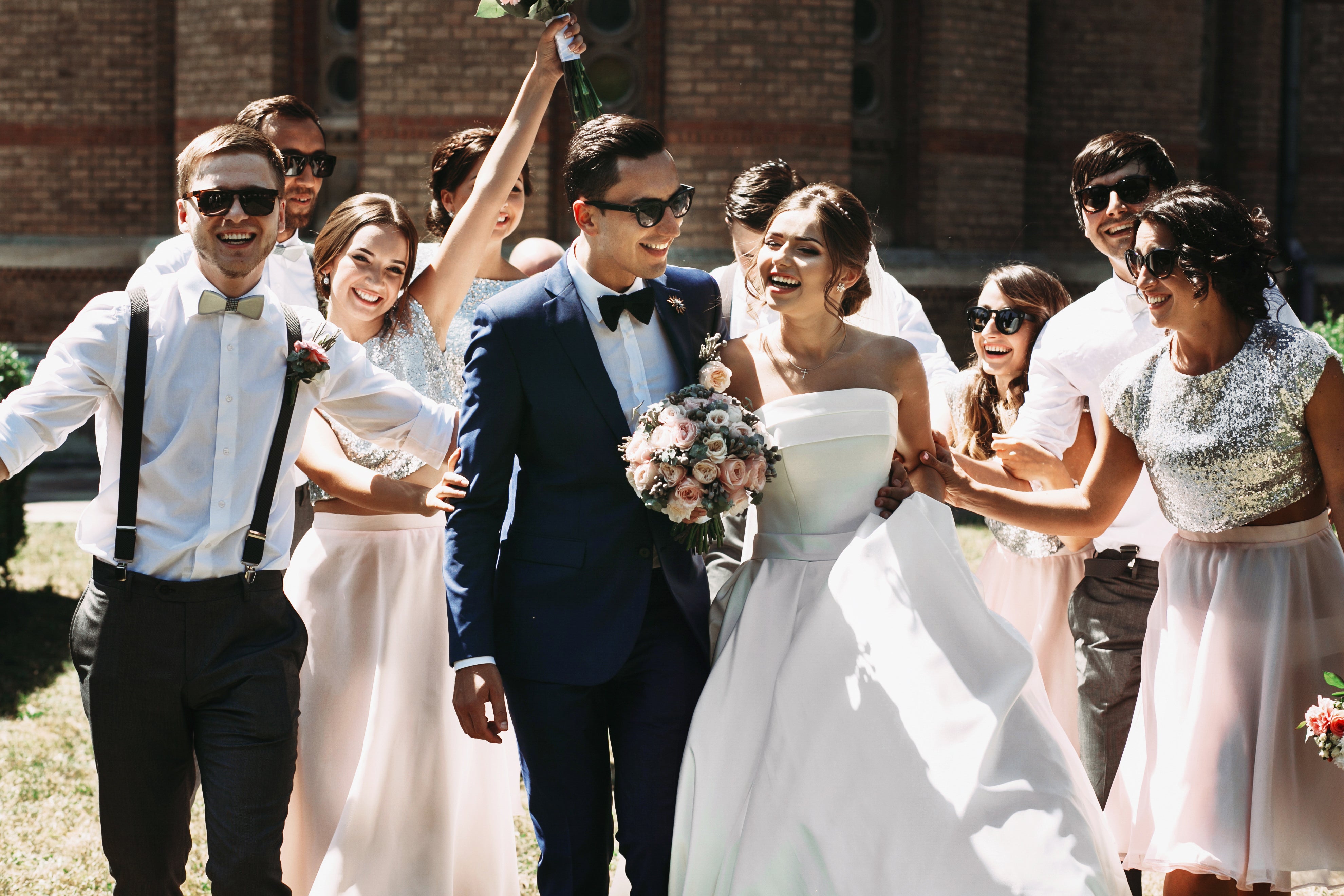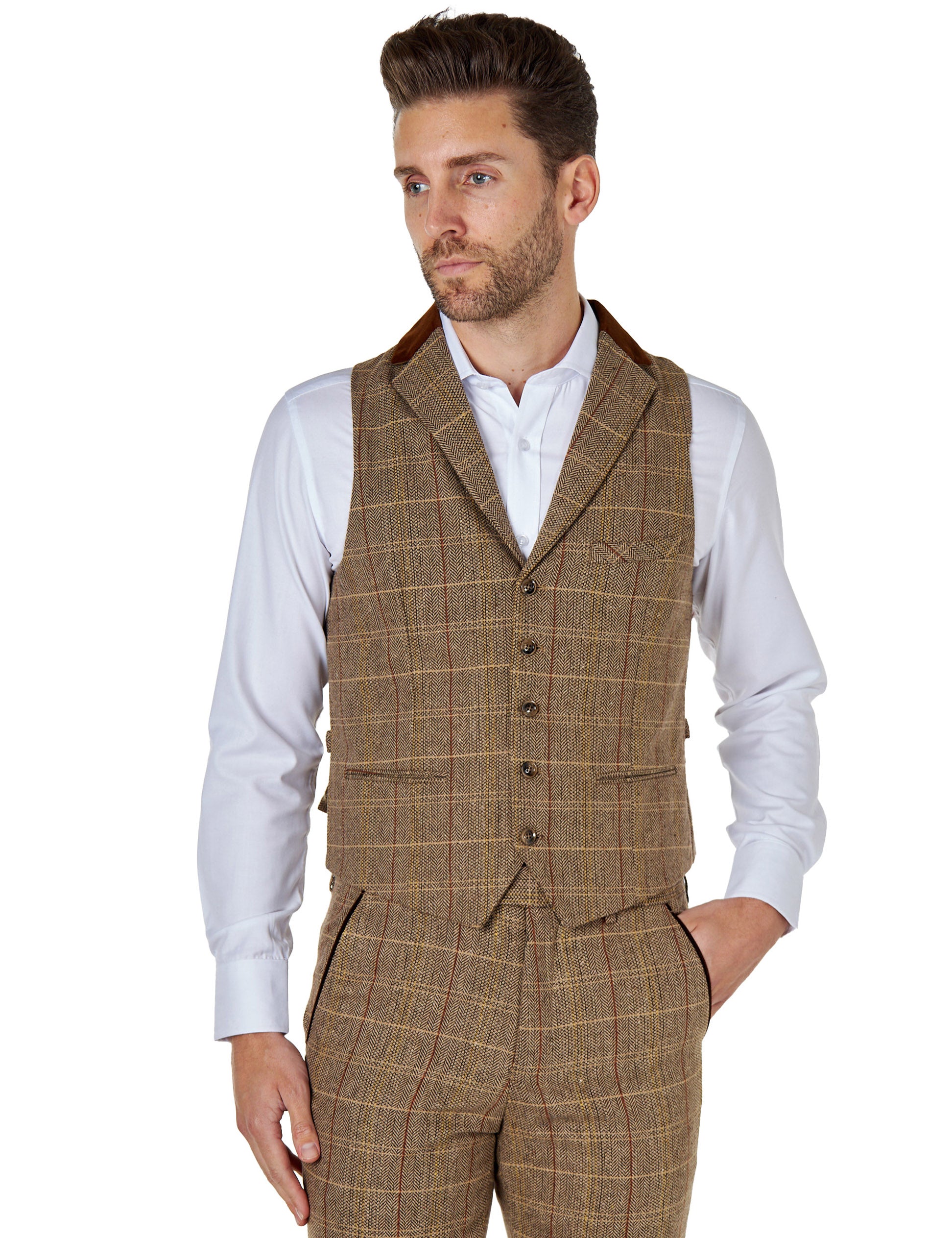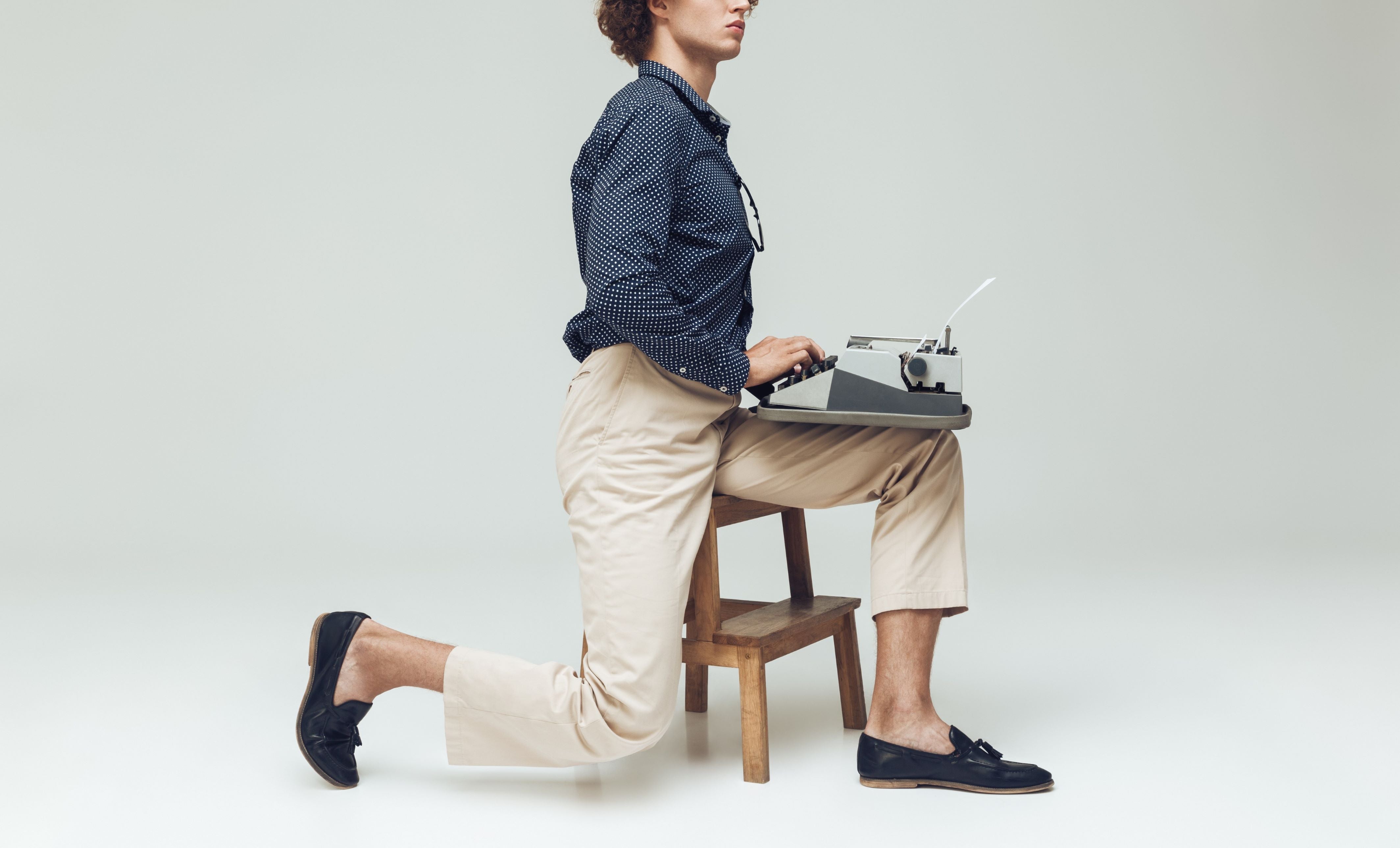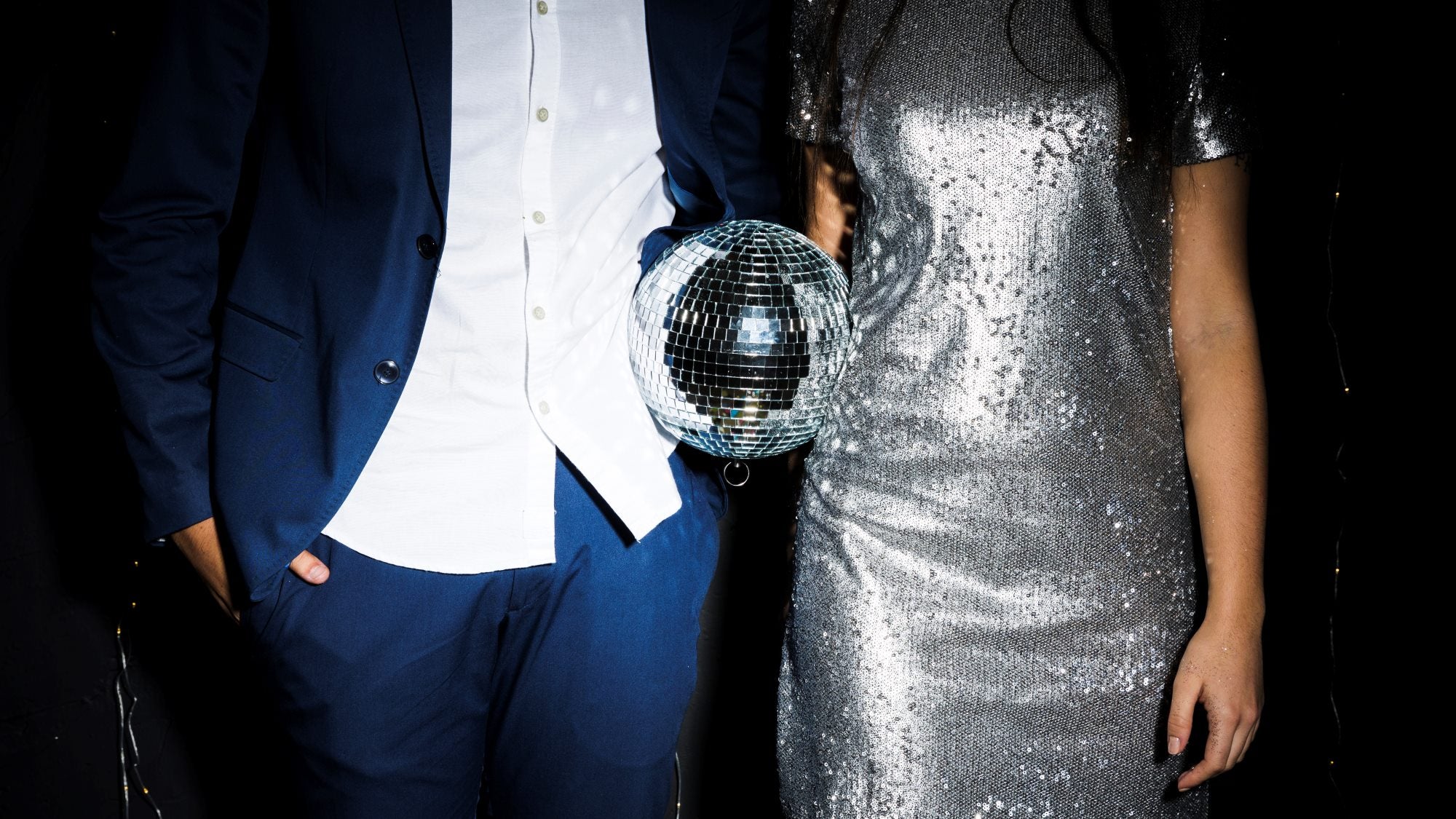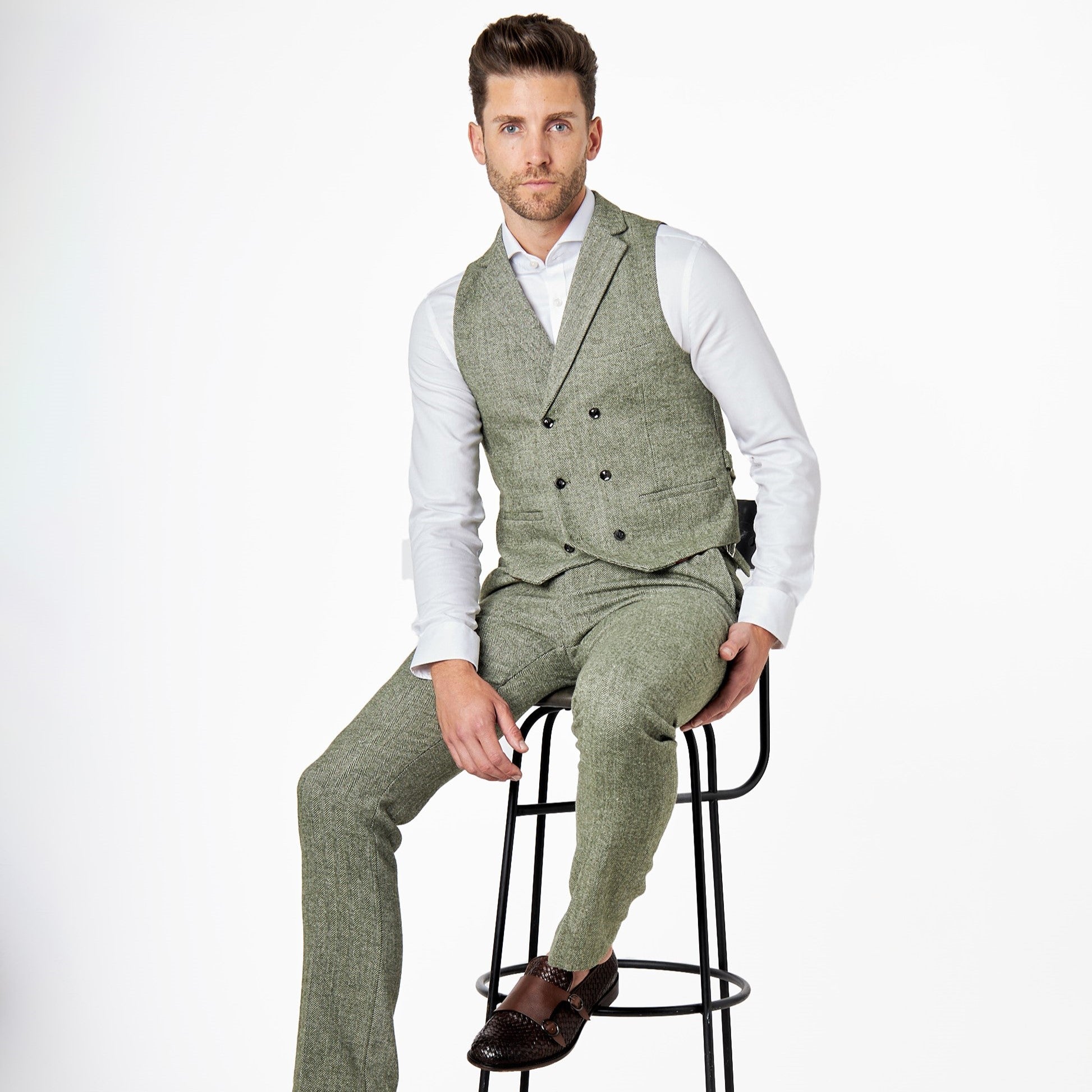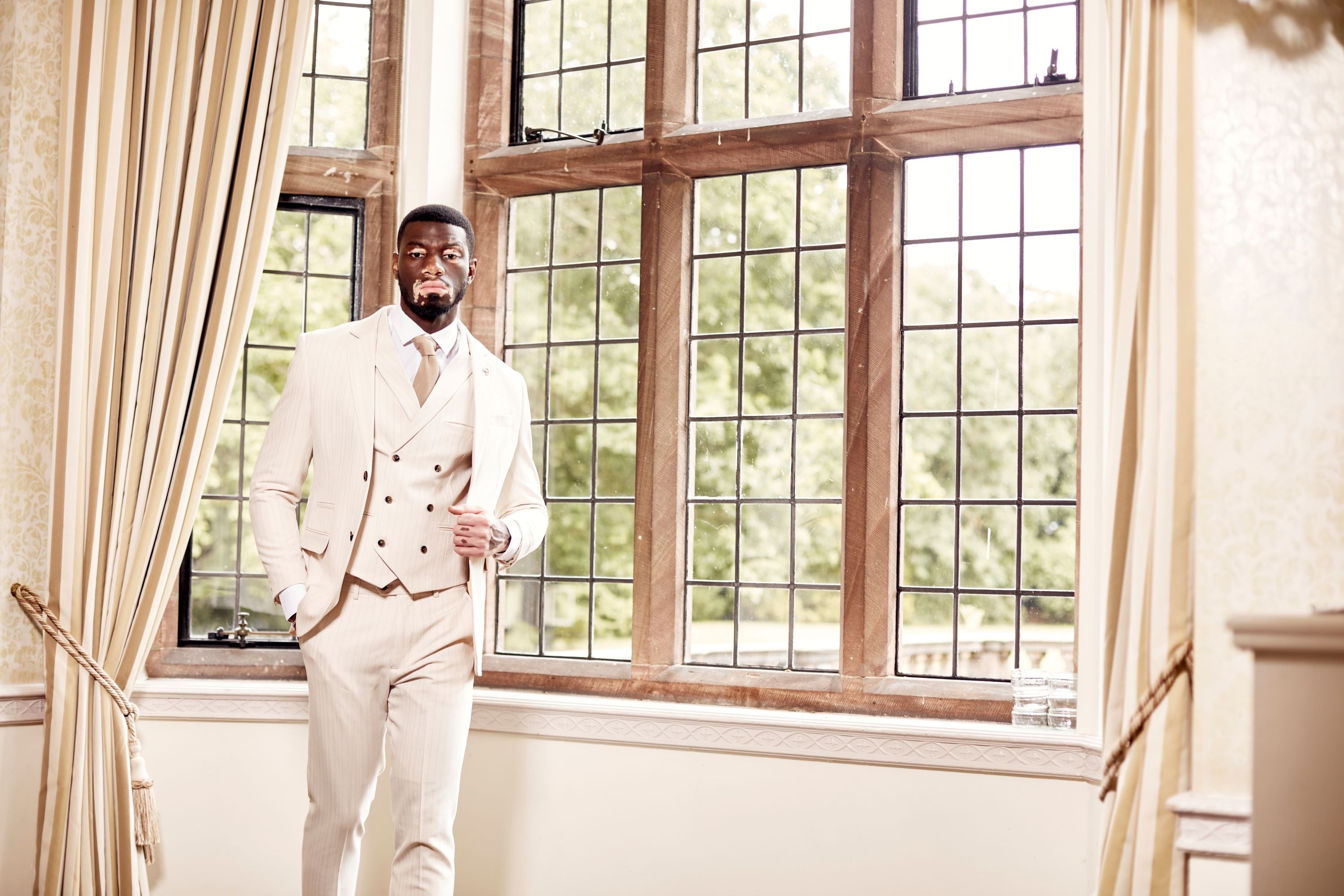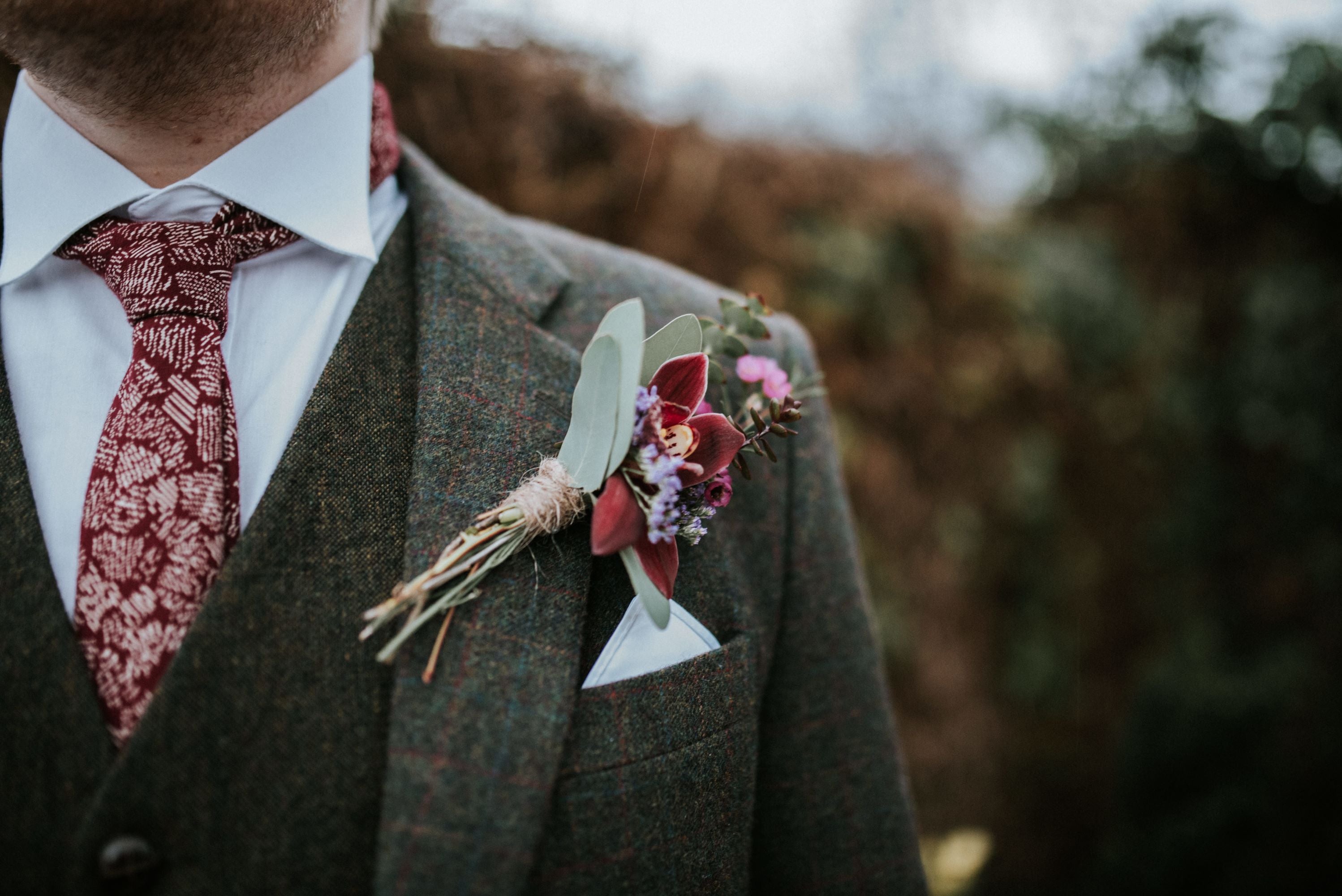Matching ties with a suit
Choosing the correct tie to accompany a suit is an art form, a subtle dance of aesthetics, occasion and individual style. Whether you’re preparing for an important meeting, attending a wedding or having a casual day at the office, the tie you select can make a significant impact on your overall ensemble. Here is a gentleman’s guide to selecting the ideal tie for every suit and occasion.
Colour combinations
For sure, colour combinations play the leading role in the impression your ensemble casts. To project your desired image, consider these classic and contemporary colour guidelines, along with some example pairings to enhance your aesthetic finesse.
Monochromatic colour scheme
A monochromatic approach uses different shades or tints of a single colour, creating a unified and sophisticated look. For example, you can pair a navy suit with a mid-blue shirt and a deep blue tie. This subtle variation in shades adds depth while maintaining a professional aesthetic.

Analogous colour scheme
Analogous colours are those that sit next to each other on the colour wheel, offering a harmonious and pleasing look. For a suit in a cooler hue, say a charcoal grey, you could choose a shirt in a light blue and a tie in a darker shade of blue or a soft purple to keep the colours related and soothing.
Complementary colour scheme
Complementary colours are opposite one another on the colour wheel, and when paired, they create a look that truly pops. Against a classic grey suit, a shirt in a soft, pastel shade like pink could be highly complemented by a forest green tie, invoking a dynamic yet balanced contrast.

Triadic colour scheme
The triadic colour scheme involves three colours evenly spaced around the colour wheel, offering a rich and vibrant choice when you want to make a bolder statement. Consider a dark blue suit, a pale yellow shirt and a maroon tie. The colours are well-spaced and provide a compelling and vivid aesthetic without being overwhelming.
Neutral with a pop of colour
Neutrals are versatile and can be paired with a pop of colour to enhance the visual interest of your outfit. Why not pair a light grey or beige suit with a crisp white shirt for a neutral base? Add a pop with a burnt orange or emerald green tie for a touch of personality that stands out against the understated backdrop.
Patterned ties with solid suits and shirts
When your suit and shirt are solid, you have the flexibility to introduce a patterned tie. Patterns should complement and not overpower your suit. For example, a solid black suit with a white shirt can be paired perfectly with a paisley or geometric-patterned tie in silver and black tones, adding a refined elegance to a classic look.
Pattern mixing
Mixing patterns is for the sartorially daring. The key is to vary the scale of patterns to avoid clashing. With a pinstripe navy suit and a finely checked light blue shirt, select a tie that features a larger pattern, such as bold stripes or a paisley design in complementary colours like burgundy or gold.

Always remember that while these are established guidelines for colour combinations, you should never discount your personal style. The most important aspect is to wear your attire with confidence. Trust your instincts – if a particular combination looks pleasing to your eye and suits your personal taste, it will likely convey the same effect to others. As we’ve seen above, there are so many ways of pairing that it’s more difficult to get wrong than right.
Levels of formality
It’s important to assess the event’s formality to ensure your tie choice sits well within the dress code. Here are the basics.
Black tie/formal
For the utmost formal occasions, the black bow tie is king. However, for events that are formal but not black-tie, a long, silk tie in a subdued colour like black, navy, or charcoal is suitable.

Business professional
Stick with silk ties featuring stripes, subtle patterns or solid colours. A Windsor knot adds a touch of gravitas. It’s all about conforming to expectations, but with a dash of flair and daring to help you seal the deal.
Business casual
You have more leeway here. Wool, knit, or even cotton ties in various patterns can complement your suit. Consider a simple four-in-hand knot for this dress code.
Casual
For times when a full suit isn't required but you want to retain an edge of formality, feel free to experiment with textures and patterns. A slim tie with a casual suit or blazer can maintain a sharp look without appearing overdone.

How to wear a tie
The knot and length of your tie are critical to mastering its appearance. These are pretty straightforward rules, so master these and you can take it from there.
Knots
The four-in-hand knot is universally acceptable and easy to tie. The half-Windsor is medium in size and symmetrical, making it a solid choice for most ties and occasions. The full Windsor knot is larger, more triangular, and suited to wide collars and formal events.
Length
The tip of your tie should just reach the belt buckle. Anything shorter or longer can look disproportionate. Similarly, having it too long can look disorientating or even comedic.
When not to wear a tie
There are times when a tie is optional or should be left out of the equation entirely. Again, it’s all down to your personal look, and how you interpret the situation, but from an etiquette point of view, you can’t go wrong following these guidelines – but you don’t have to swear by them.
Creative environments
If you work in a creative industry or a startup, a tie may be too formal. Instead, focus on a well-fitted suit with a crisp shirt. You might get away with a roll neck sweater or even a T-shirt, in which case we hope you’ll already have ruled out the tie option.
Casual events
For casual gatherings or outings, feel free to ditch the tie. A suit or blazer with an open-collared shirt can exude a laid-back yet sophisticated charm. But if you really want to create an impression of solid reliability, you can probably sneak one in.
Hot weather
In sweltering conditions, forgo the tie for comfort, unless protocol dictates otherwise. Most places nowadays are relaxed about ties when the mercury is high, but if in doubt, wear a shirt that can equally be open-necked or tied, and judge what the vibe is dictating.

The key to selecting the appropriate tie lies in a balance of contrast, congruence and context. Harmonise with your suit, coordinate with the occasion, and express individual flair within those parameters. Master these principles, and you'll navigate any sartorial situation with the confidence and poise befitting a true gentleman.
